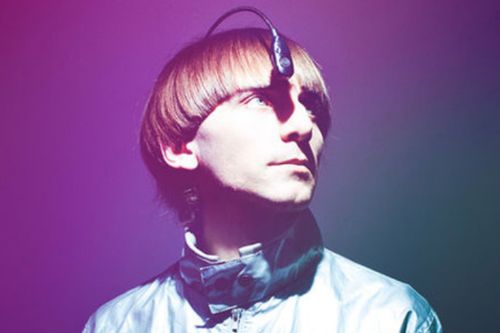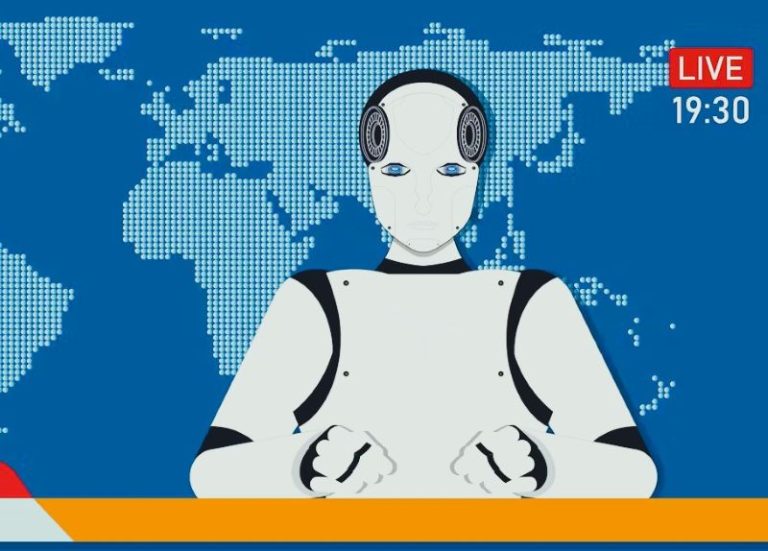

History counsels humility. For every technological breakthrough, there is an accompanying history of fear, resistance, and ethical reckoning.

By Matthew A. McIntosh
Public Historian
Brewminate
Introduction: Technology and the Ancient Dream
From antiquity, humans have longed for the ability to store and recall knowledge without the limits of fallible memory. Ancient Greek myths imagined Mnemosyne, the goddess of memory, as the mother of the muses. Renaissance thinkers compared the mind to a cabinet or library, stocked with knowledge through disciplined recollection. In the twenty-first century, such metaphors take literal form: silicon circuits are being tested inside living brains, with the explicit aim of storing, retrieving, and transmitting information.
The aspiration that one might someday possess “the internet in the head” is not merely the stuff of science fiction. Research into brain-computer interfaces, memory prostheses, and high-bandwidth neural implants has brought that vision into sharper focus. Yet the historical observer must tread carefully. These technologies promise liberation from the frailties of body and mind, but they also echo older anxieties about control, surveillance, and the ethics of human enhancement.
Foundations: Brain–Computer Interfaces
The most immediate foundations of this pursuit lie in brain-computer interfaces (BCIs). These devices, implanted in or placed upon the brain, translate neural activity into commands that computers can interpret. The BrainGate consortium, launched in the early 2000s, has been at the forefront of this work. In clinical trials, paralyzed individuals used implanted arrays to move cursors across screens, operate robotic arms, and even type sentences through thought alone.1
What makes this significant is not simply the restoration of lost motor function. It is also the principle that electrical patterns in the brain can be read, interpreted, and externalized. The leap from cursor movement to information retrieval is conceptually vast, but the historical arc is clear. What once seemed an abstraction of science fiction has begun to materialize in laboratory settings.
Neuralink and the Vision of High-Bandwidth Integration
In February 2025, a man named Noland Arbaugh sat in front of a computer screen. Paralyzed from the shoulders down after a diving accident, he had not moved a cursor unaided in years. But with a coin-sized chip implanted in his brain, he thought of the movement, and the cursor glided. Within minutes, he was opening windows, composing text, and even playing chess. The feat was at once medical triumph and technological spectacle.2
Arbaugh was Neuralink’s first human subject. The company’s “Link” device, implanted by robotic surgery, contains thousands of electrodes capable of reading and writing neural signals.3 Musk’s stated vision extends far beyond therapy. He imagines a future in which memory can be stored and recalled like data on a hard drive, and knowledge accessed as seamlessly as querying a search engine.4
The concept of “high-bandwidth” brain-computer integration lies at the core: a system in which humans interact with the digital world at the speed of thought. Yet historians and ethicists must emphasize that visions of future capability far outpace present achievement. Technical challenges abound: electrodes degrade over time, biocompatibility remains an obstacle, and decoding complex thoughts is far harder than decoding motor intent. The aspirational rhetoric often exceeds the evidence, reflecting both Silicon Valley’s culture of disruptive promise and a deeper human yearning for transcendence.
Memory Prostheses and the Artificial Hippocampus
In a clinical experiment with epilepsy patients, a researcher delivered a patterned electrical pulse to the hippocampus. One patient, after receiving the stimulation, recalled a sequence of images with striking clarity, details that, minutes earlier, had eluded him. For the first time, memory had not only been recorded but artificially reinforced and replayed within the human brain.5
This research points toward the possibility of an “artificial hippocampus,” a prosthetic capable of storing and replaying neural information in ways that could compensate for memory loss. The implications are profound. Such technology might one day mitigate the ravages of Alzheimer’s disease or traumatic brain injury. Yet the leap from restoration to augmentation raises troubling questions. Would healthy individuals seek memory enhancement? Would such an implant blur the line between natural recollection and artificial archive?
The historian cannot ignore the parallels with earlier technologies of memory: clay tablets, books, and digital databases. Each extended human capacity while provoking anxiety about dependence. The artificial hippocampus may follow the same trajectory, amplifying human potential while generating new fears of authenticity and reliance.
The Ethical Terrain
Even as research advances, the ethical terrain grows increasingly complex. Issues of privacy loom large: if thoughts can be decoded, could they also be surveilled? The notion of “brain-hacking” is no longer fanciful speculation but a genuine concern for ethicists.6 Informed consent is likewise complicated, as individuals undergoing implantation may not fully grasp the risks of long-term neural integration.
The specter of inequality also hovers. If memory enhancement or direct knowledge access became commercially available, would they exacerbate existing divides between the privileged and the marginalized? History shows that technological revolutions, from literacy to the internet, initially widen gaps in access before slowly diffusing more broadly. Brain implants may follow this pattern, but with consequences magnified by their intimacy with human identity.
The Historical Imagination of Knowledge Within
To imagine the internet in one’s head is to summon a vision as old as humanity’s desire to transcend bodily limits. Renaissance scholars dreamed of the “memory palace,” a method of storing vast libraries in the mind through disciplined imagination. In the twentieth century, cybernetics theorists speculated about the fusion of humans and machines. The twenty-first century adds circuitry and electrodes, making metaphor literal.
Yet the historian must caution against teleological certainty. Not all dreams of enhancement materialize. Many remain speculative, or achieve unintended consequences. The vision of brain chips as internalized internet portals may never reach its most dramatic form. What is certain is that the pursuit itself reveals much about the age: a time when information abundance breeds both desire for mastery and anxiety about dependence.
Conclusion: Between Aspiration and Caution
In a speculative classroom decades hence, a student prepares for an exam. Instead of poring over books or memorizing equations, she opens a neural menu only she can see. With a thought, she accesses centuries of knowledge, downloading key concepts in moments. Her classmates do the same, competing not over who studied hardest but over whose implants process information most efficiently.
The research into brain-chip implants is real, substantial, and rapidly advancing. Brain-computer interfaces restore motor control. Neuralink pursues high-bandwidth connectivity. Memory prostheses suggest the possibility of augmenting recall. Each step edges closer to the vision of knowledge within reach of thought itself.
Yet history counsels humility. For every technological breakthrough, there is an accompanying history of fear, resistance, and ethical reckoning. The dream of the internet in the head will likely be shaped less by technical capacity than by cultural negotiation: by the stories we tell about freedom, control, and what it means to be human.
Appendix
Footnotes
- Leigh R. Hochberg et al., “Reach and Grasp by People with Tetraplegia Using a Neurally Controlled Robotic Arm,” Nature 485, no. 7398 (2012): 372–375.
- Hannah Devlin, “Elon Musk Put a Chip in This Paralysed Man’s Brain,” The Guardian, February 8, 2025.
- Saikat Basu, “What Is Neuralink?,” Lifewire, April 23, 2024.
- Ashlee Vance, Elon Musk: Tesla, SpaceX, and the Quest for a Fantastic Future (New York: HarperCollins, 2015), 322–325.
- Brent M. Roeder, et al., “Patterned Hippocampal Stimulation Facilitates Memory in Patients With a History of Head Impact and/or Brain Injury,” Frontiers in Human Neuroscience 16 (2022).
- Nita A. Farahany, The Battle for Your Brain: Defending the Right to Think Freely in the Age of Neurotechnology (New York: St. Martin’s Press, 2023), 101–118.
Bibliography
- Basu, Saikat. “What Is Neuralink?” Lifewire. April 23, 2024.
- Devlin, Hannah. “Elon Musk Put a Chip in This Paralysed Man’s Brain.” The Guardian. February 8, 2025.
- Farahany, Nita A. The Battle for Your Brain: Defending the Right to Think Freely in the Age of Neurotechnology. New York: St. Martin’s Press, 2023.
- Hochberg, Leigh R., et al. “Reach and Grasp by People with Tetraplegia Using a Neurally Controlled Robotic Arm.” Nature 485, no. 7398 (2012): 372–375.
- Roeder, Brent M., et al. “Patterned Hippocampal Stimulation Facilitates Memory in Patients With a History of Head Impact and/or Brain Injury.” Frontiers in Human Neuroscience 16 (2022).
- Vance, Ashlee. Elon Musk: Tesla, SpaceX, and the Quest for a Fantastic Future. New York: HarperCollins, 2015.
Originally published by Brewminate, 08.26.2025, under the terms of a Creative Commons Attribution-NonCommercial-NoDerivatives 4.0 International license.


